Wearables, such as smartwatches and exercise monitors, all need power. All of the ones I’ve played with need to be recharged at least once a week. The combination of frequent charging, cramped space requirements, and the goal of being waterproof has made that recharging a challenge.
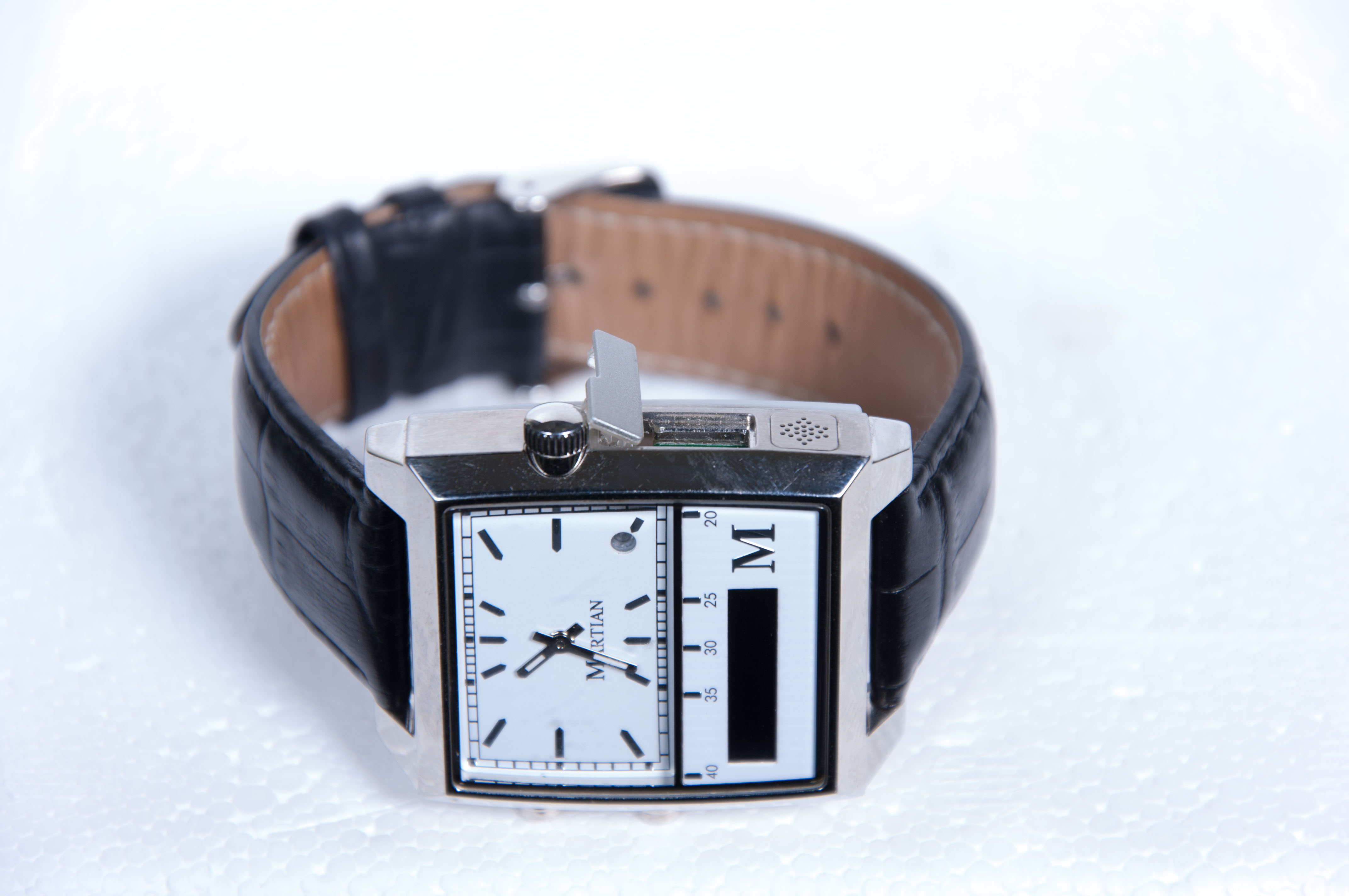
For reasons I don’t quite understand, but which probably have to do with water resistance, few of these devices employ a simple plastic cover over a standard mini- or micro-USB connector like the Martian Watch. Instead, they rely on specialized and unique connectors. Each one comes with a USB-to-weird-connector cable.
Some, like the Mio ALPHA and the Pebble Smartwatch, use magnets to hold the connector onto the watch.
Others, like the Garmin Forerunner 220 and the Basis Health Tracker (now called the Basis Fitness Tracker) use mechanical techniques to snap in or clamp onto the watch.
This means that when I travel, I have to remember to take the appropriate charging cables. As a consequence, I’ve schlepped these oddball power cables all over the world over the last couple years.
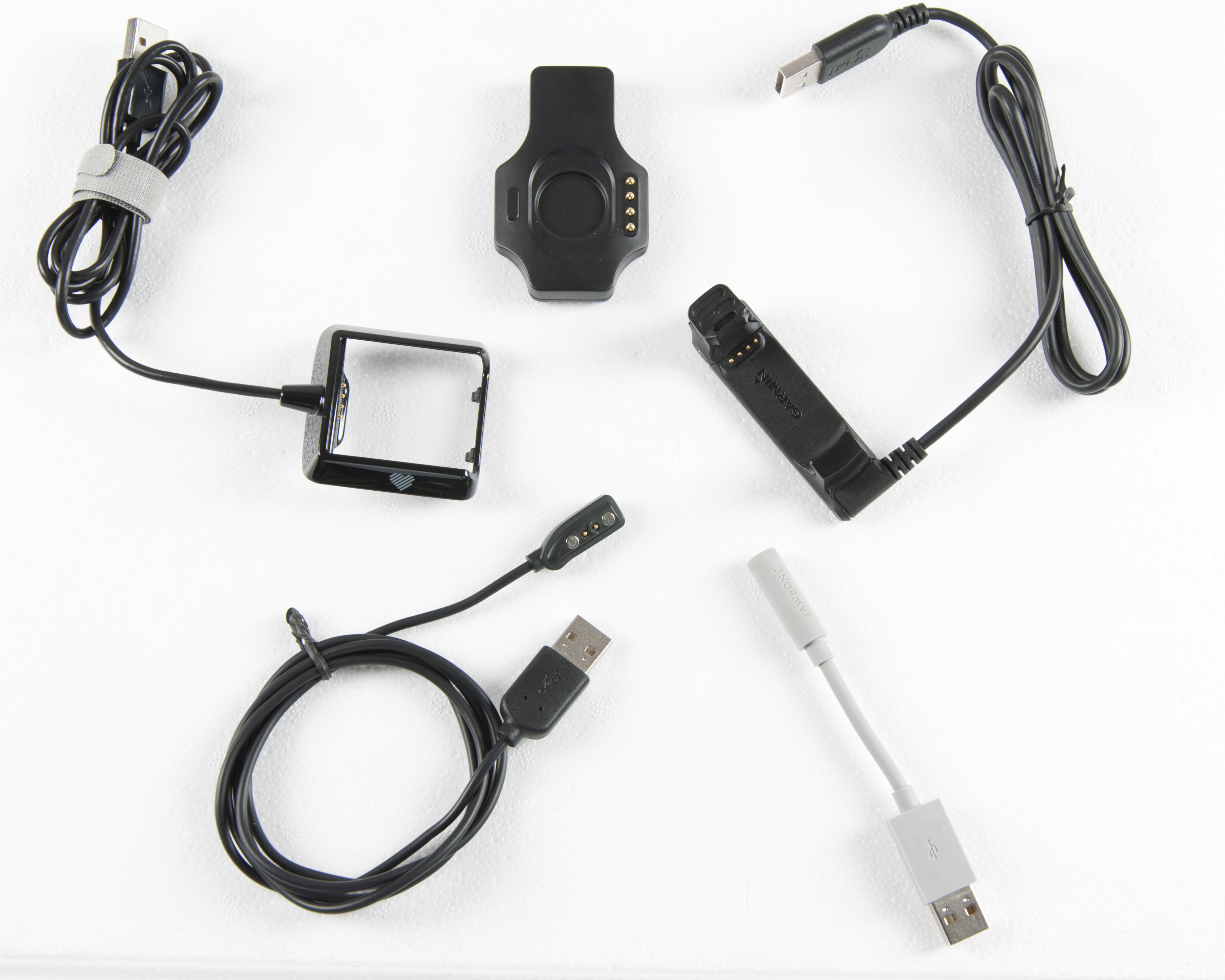
If I forget the cable, the device probably won’t have enough charge for the whole trip and then I am out of luck. These cables are decidedly not like the one for your phone—You are unlikely to find one in a local electronics store, let alone a vending machine in the airport dispensing an overpriced version of it.
Creating these one-of-a-kind power connectors is also an issue for the manufacturers. They have to put a decent bit of engineering time and money into creating them. That is not helping the time to market or pricing of wearables.
I think the answer may be inductive charging, but there are plenty of hurdles to overcome in that technology. In the meantime, I’m hoping that more companies will go with the low-tech plastic cover on a micro-USB port.
Here are close-ups of some of the more interesting chargers I have:
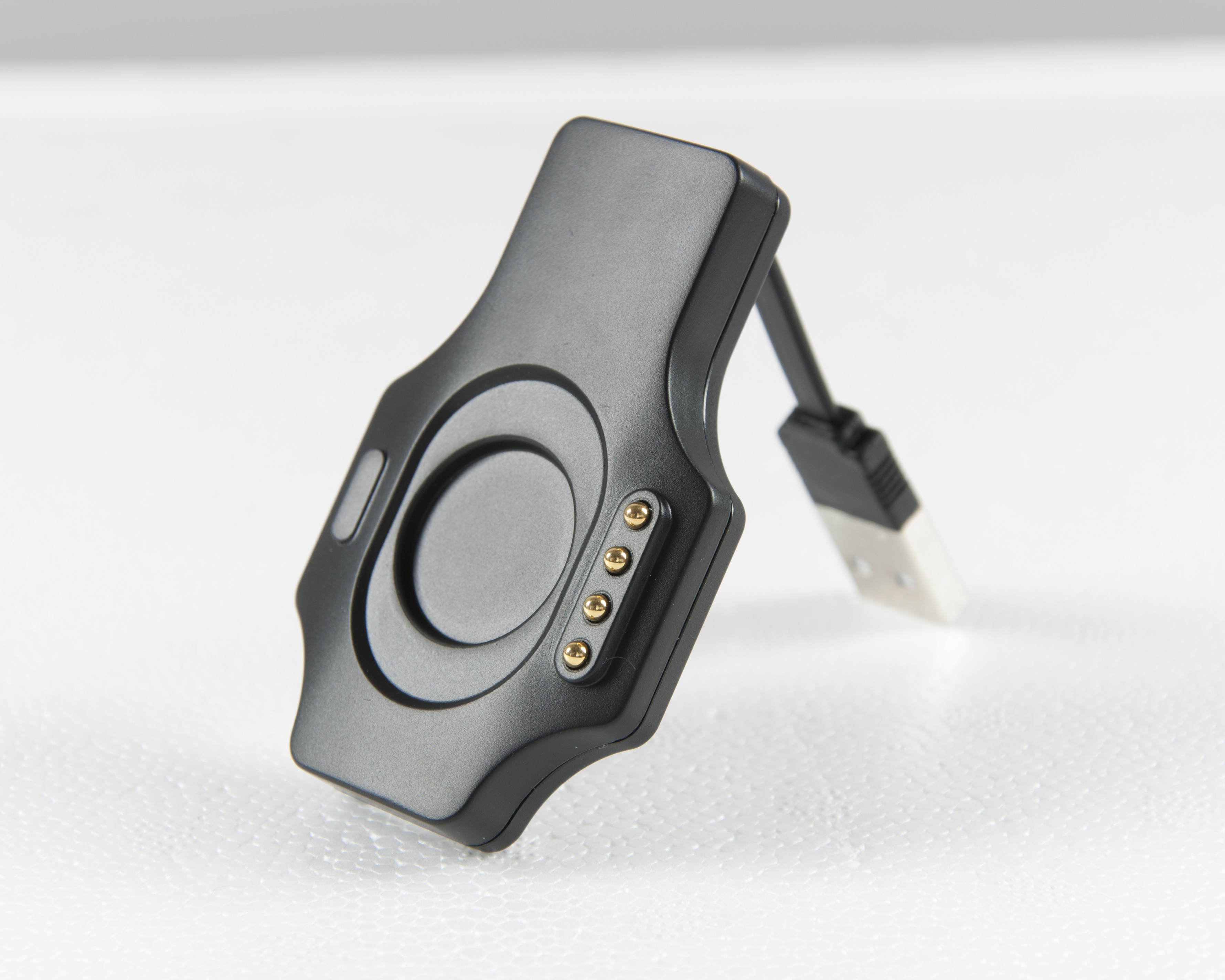
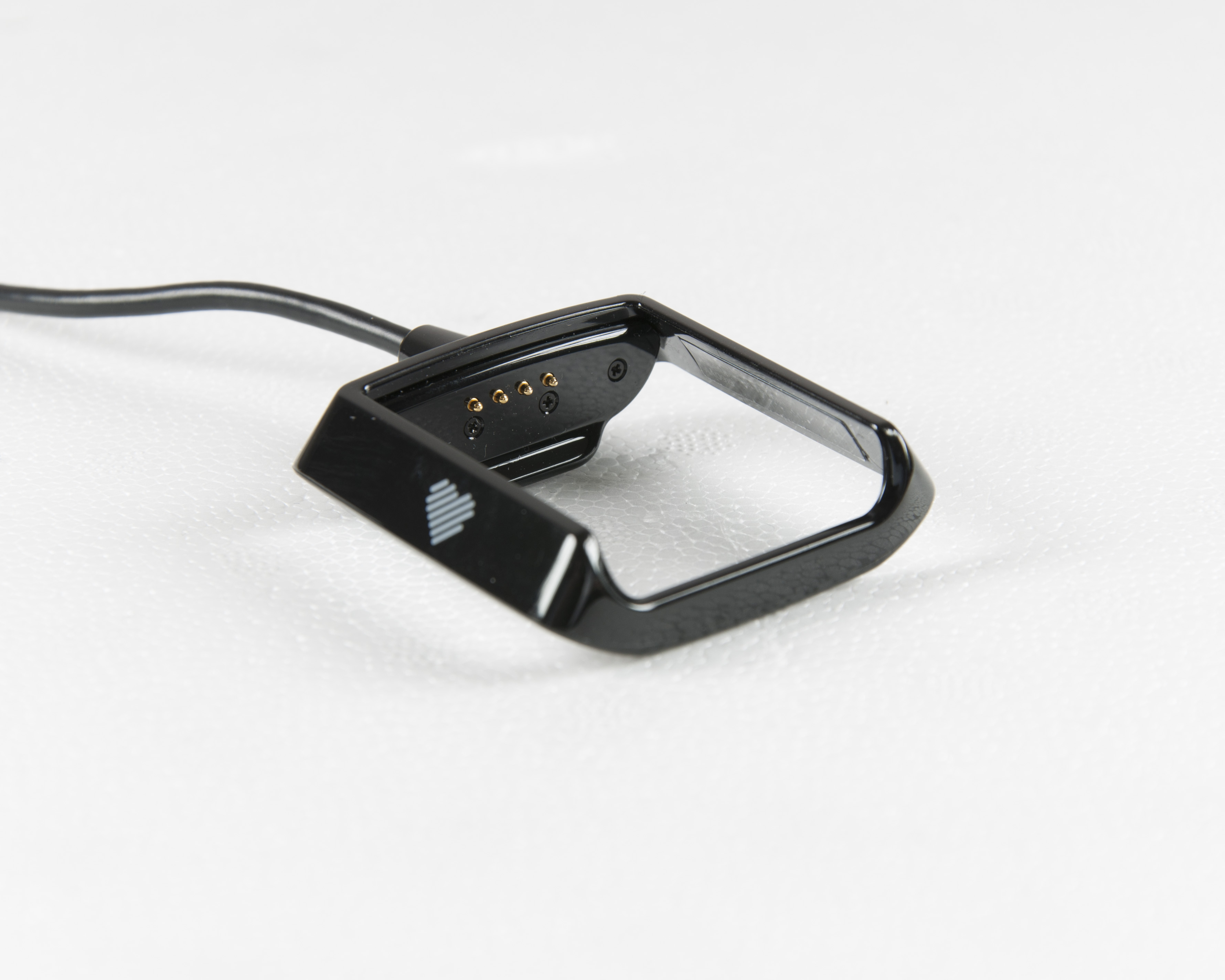
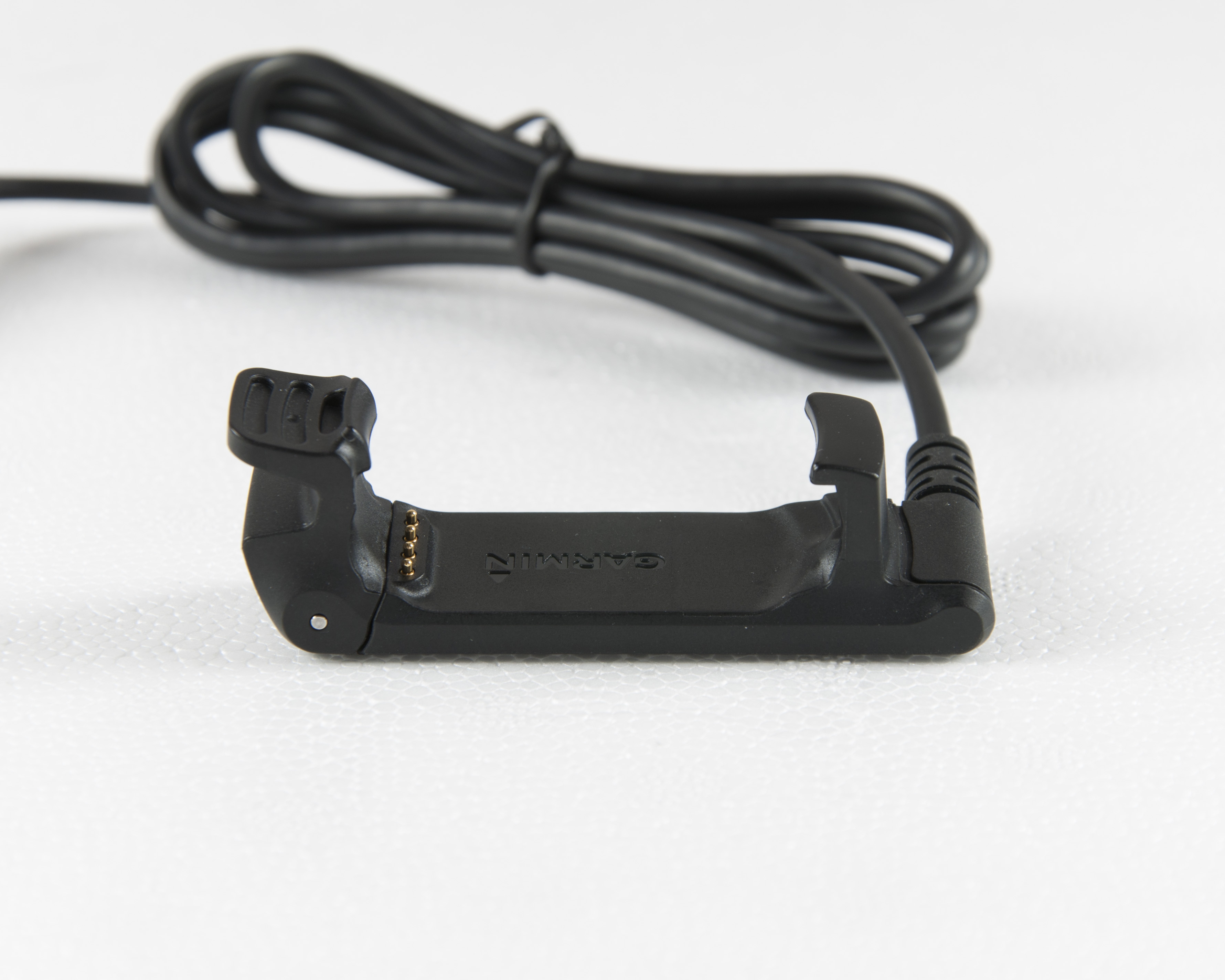

I’ll let you know what the next couple of wearables I get have for power connectors.







